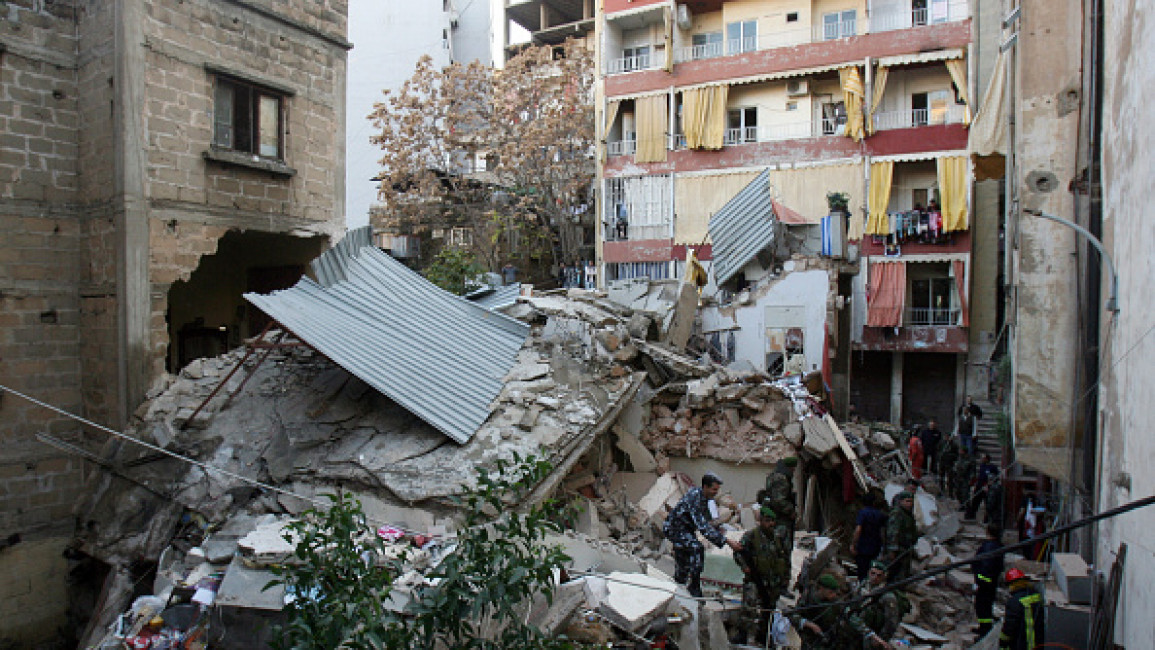Thousands in Lebanon live in buildings at risk of collapse, Amnesty warns
Thousands of people in the northern Lebanese city of Tripoli live in buildings that could collapse, Amnesty International warned on Tuesday.
The structural issues exacerbated by the earthquake that struck the northern city last year have still not been addressed, the rights watchdog said.
“The Lebanese government has drastically failed in its responsibility to establish a clear plan to repair damaged buildings and ensure that residents are offered support, including compensation and alternative housing where applicable,” said Sahar Mandour, Amnesty International's Lebanon researcher.
Collapsing buildings are a major issue in Lebanon, where eight people have been killed in the last six months alone in a collapse, according to the human rights group. On Monday, four people were killed and three injured after days of heavy rain caused a building in Beirut's Choueifat suburb to collapse.
Amnesty said that most buildings in Lebanon had failed to meet minimum safety standards.
"Decades of neglect and contractors’ lack of compliance with safety regulations mean many buildings have long been at risk," the rights group said in a press release.
But the situation worsened even further after the devastating double earthquake that ravaged large parts of Turkey and Syria in February 2023 and was also felt in Lebanon.
The municipality of Tripoli identified 236 buildings that were at risk of collapse in 2022. But by August 2023, six months after the earthquakes, this figure had risen to between 800 and 1,000 buildings at risk – a four-fold increase.
In many neighbourhoods, municipal-level surveys carried out before and after the earthquakes had already warned that many of the buildings were “unsafe and could collapse at any moment”, Amnesty reported.
But little was done to address the situation, and in most cases, the buildings were not evacuated.
Following the earthquakes, the Lebanese government authorised the Higher Relief Council, a governmental body responsible for receiving and distributing relief donations, to disburse payments of 30 million Lebanese liras (around 320 US dollars) as a “housing allowance” for people living in unsafe buildings to cover rent for three months.
Families at risk were expected to use these three months to repair their homes or find alternative solutions. However, only one of the 13 families interviewed by Amnesty was aware of the housing allowance.
"The government’s neglect and sheer lack of preparedness means that a year after the earthquakes, thousands are forced to make an impossible choice every day about whether to continue living in an unsafe home or face destitution," Mandour said.



